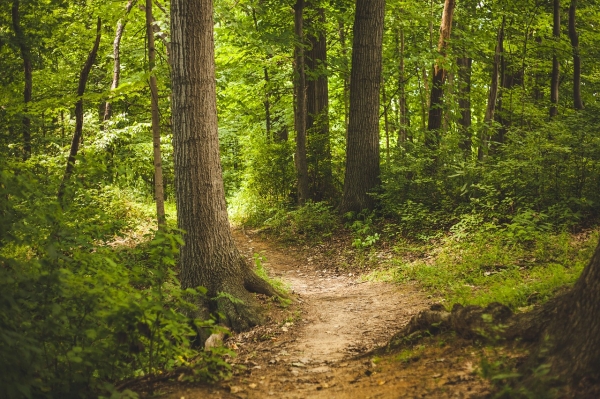When scientists and policymakers make tough calls on which areas to prioritize for conservation, biodiversity is often their top consideration.
When scientists and policymakers make tough calls on which areas to prioritize for conservation, biodiversity is often their top consideration. Environments with more diversity support a greater number of species and provide more ecosystem services, making them the obvious choice.
There’s just one problem. There are several ways to measure diversity, and each reveals a slightly different, and sometimes conflicting, view of how life interacts in a forest or other ecosystem.
In a new study published in the Proceedings of the National Academy of Sciences, researchers analyzed 20-years’ worth of data, which shows that the simplest measure of diversity — namely, adding up all the species for a given area — is the best way to measure the productivity of a forest.
“There aren’t many studies that look at the differences between measurements of diversity,” said lead author Yunpeng Liu, a postdoctoral associate at the Florida Museum of Natural History. Those that have, Liu said, typically used data from small, geographically isolated forest plots.
Read more at Florida Museum of Natural History
Photo Credit: Pexels via Pixabay




